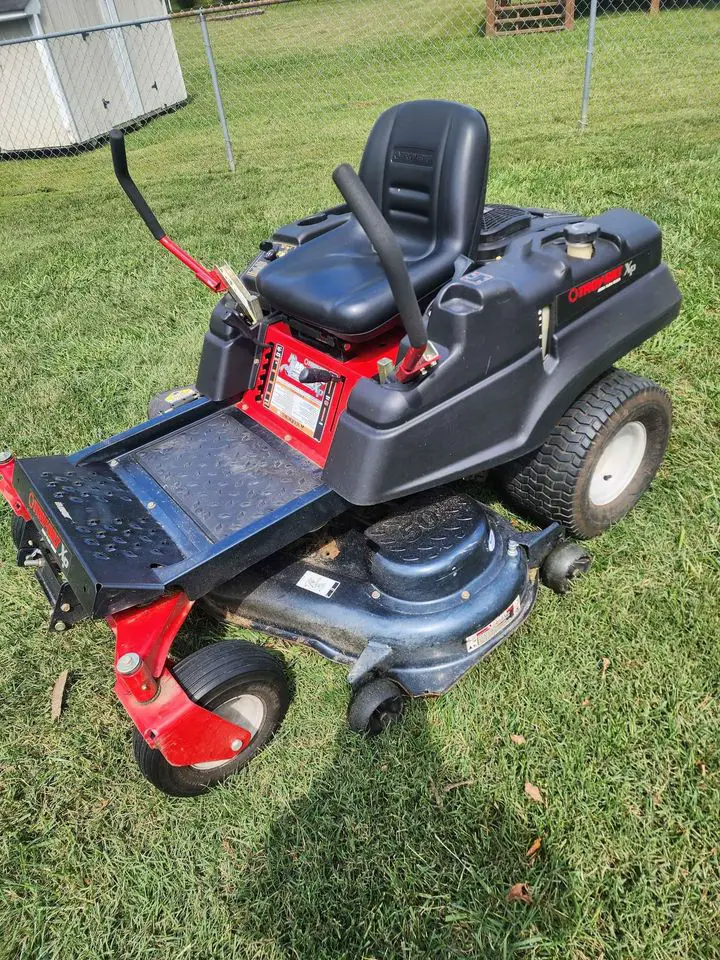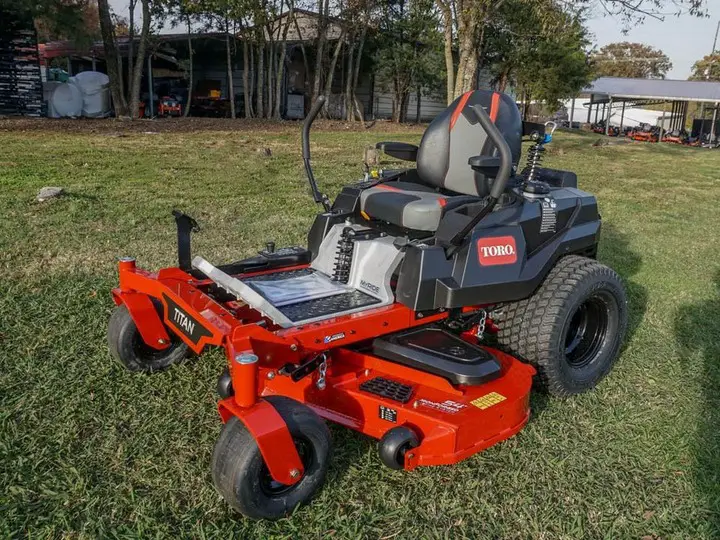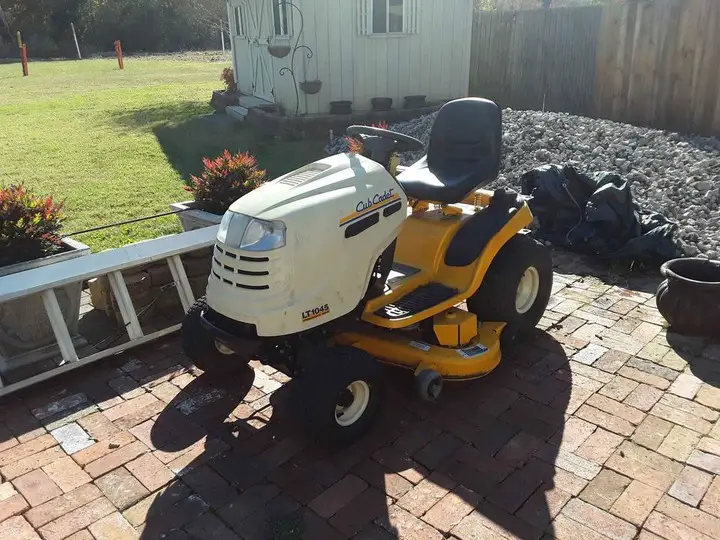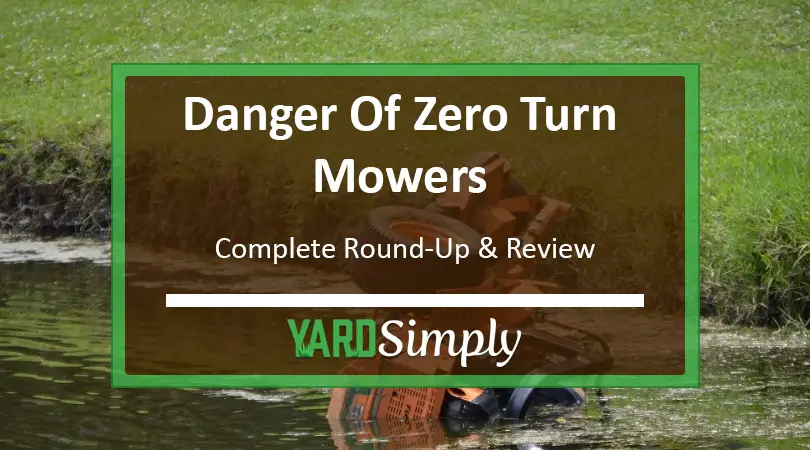Zero turn mowers might be a game-changer for efficient landscaping, but they come with their set of inherent dangers. With over two decades in commercial landscaping and having managed vast mowing projects, I’ve seen firsthand the risks these machines can pose.
Quick Summary
- Zero turn mowers, while efficient and maneuverable, have associated risks such as rollovers, especially on uneven terrains and slopes.
- Traction issues arise on wet lawns, leading to control difficulties and increased accident risks.
- Collisions with objects and flying debris accidents are common, with obstacles and high speeds being major contributors.
- Safety measures, including proper training, protective gear, and regular maintenance, are crucial for safe operation, with alternative mowing solutions and real-life statistics underscoring the importance of caution.
The Hidden Dangers of Zero Turn Mowers
While zero turn mowers offer numerous benefits in terms of efficiency and maneuverability, they also come with their share of hidden dangers.
The most common risks associated with these machines include rollover risks, traction issues on wet lawns and slopes, and collisions with debris.
Being aware of these risks and sticking to safety protocols can significantly decrease the probability of accidents and injuries during the operation of a zero turn mower.
Rollover Risks
The design of zero turn mowers, with their higher center of gravity and narrow wheelbase, makes them prone to rollovers, especially on uneven terrain.
In fact, the Occupational Safety and Health Administration (OSHA) has identified rollovers as the principal hazard associated with zero turn mowers, particularly when operating on slopes or irregular surfaces.
This risk is further compounded by the fact that the average tipping point for a zero turn mower is around 15 degrees of slope, although it’s not recommended to operate them on slopes exceeding 10 degrees for safety reasons.
When operating a zero turn mower on a sloped terrain, it is imperative to exercise caution and navigate the mower in an up-and-down motion along the hill, rather than traversing it horizontally.
In addition, choosing a ride-on mower that is outfitted with a rollover protection system (ROPS) can provide an additional level of safety for the user.
Drawing from my past experience working with tractors, it is important to note that if your equipment lacks rollover protection, it is recommended to refrain from using a seat belt.
This precautionary measure ensures that you can quickly move out of harm’s way during a rollover.
Traction Issues on Wet Lawns and Slopes
When operating on wet grass, the weight distribution of the mower can lead to minimal traction for the front wheels, making it difficult to maintain control and increasing the risk of accidents.
Minimizing the risk of accidents due to traction issues requires careful operation of a zero turn mower on wet lawns or slopes. Here are some steps that can help prevent accidents in these conditions:
- Decrease speed
- Avoid sudden turns
- Ensure proper maintenance of the mower
- Mow from various angles to better approach slippery surfaces
Collisions and Debris Accidents
Collisions with objects, vehicles, or people, as well as flying debris accidents, are common dangers associated with zero turn mowers.
Collisions can often be attributed to the operator’s inability to spot obstacles in the mower’s path, such as rocks, tree stumps, or other debris, or to operating the mower at an unsafe speed.
Additionally, debris such as rocks, sticks, or toys can become projectiles when struck by the mower’s blades, posing a hazard to the operator or bystanders and potentially result in serious injuries or fatalities.
Maintaining a safe distance from other vehicles, obstacles, and pedestrians while operating a zero turn mower is necessary to prevent collisions and debris accidents.
Keeping children and pets at a safe distance away from the mower and staying aware of your surroundings can also help reduce the risk of accidents.
Safety Tips for Zero Turn Mower Users

Following key safety measures can help mitigate the risks associated with zero turn mowers and ensure a safe and efficient mowing experience.
These include proper training and familiarization with the mower, wearing appropriate protective equipment, and regular maintenance and inspection of the machine.
Related Articles:
Proper Training and Familiarization
Reading the owner’s manual and understanding the machine’s characteristics and usage is an essential first step in this process.
Additionally, completing a safety training course and demonstrating proficiency in maneuvering the mower using control levers can help ensure safe operation.
OSHA now offers an online Lawnmower Operator Safety course that is I-CAB recognized. By choosing this course, participants will:
Engage with detailed modules and case studies to satisfy the requirements of classroom training.
Encounter quiz questions throughout the duration to ensure readiness for the final exam.
Upon successful completion, receive the ability to print a customizable form, which can be used as a tool for observing the application of the taught principles in real-world scenarios.
Course Information:
- Course Cost: $99.95
- Duration: Approximately 60 minutes.
- Passing Criteria: A grade of 80% or higher is required. Participants are given up to 3 attempts.
- Certification: A certificate is provided upon successful completion of the course.
Lawnmower Operator Safety Training (OSHA)
Remember, safety should always be the top priority when operating any type of machinery, and zero turn mowers are no exception.
Wearing Protective Equipment
Zero turn mower injuries can be significantly reduced by wearing appropriate protective gear. Protective attire should include:
- Closed-toe shoes: Offer protection for your feet and can help prevent injuries from debris, rocks, or objects thrown up by the mower blades. They also provide better grip and stability, reducing the risk of slipping or losing balance while operating the mower.
- Long pants: Protect your legs from debris and potential cuts or scratches.
- Eye protection: Shields your eyes from flying debris, dust, and grass clippings.
- Hearing protection: Reduces the risk of hearing damage from the loud noise generated by the mower.
Investing in reliable protective gear from reputable brands such as Bad Boy, Bobcat, Ariens, and Simplicity can further enhance your safety while using a zero turn mower.
Regular Maintenance and Inspection
Accidents can be prevented and safe operation ensured with regular inspection and maintenance of your zero turn mower. Components such as:
- the drive belt
- blades
- spindles
- deck
- tires
By maintaining your mower’s components in good working order, you can reduce the risk of accidents and extend the life of your machine.
Zero Turn Mower Alternatives

While zero turn mowers offer many advantages in terms of efficiency and maneuverability, they may not be the best choice for every lawn care situation.
Alternatives to zero turn mowers include traditional riding mowers, walk-behind mowers, and even robotic mowers. When selecting the best lawn mower alternative, consider factors such as yard size, challenging areas, and the physical cost of mowing.
For those seeking an environmentally friendly option, electric mowers are becoming increasingly popular as they generate no tailpipe emissions and produce zero emissions at the point of use.
By exploring alternatives to zero turn mowers, you can find the right mower for your specific needs while still prioritizing safety and efficiency.
Also Read: Best Zero Turn Mower For 1 Acre: Reviews
Real-Life Incidents and Statistics

Reflecting on the situation in the United States from 2015 to 2017, I can’t help but feel alarmed by the over 17,000 injuries and 80 fatalities [1] linked to riding mowers and lawn tractors.
These figures drive home the point that I must be diligent in following safety precautions, ensuring I have the proper training, wearing protective equipment, and regularly maintaining any lawn mower I operate.
On May 7, 2012, a National Park Service groundskeeper tragically died when his zero-turn lawnmower tipped over a cliff near Asheville, North Carolina, while maneuvering in a tight space behind a trash can.
The fall was over 100 feet, despite the mower being equipped with a rollover protective structure.
Related article: Zero Turn Mower Accidents
Our Verdict
I’ve realized that while best lawn mowers offer incredible efficiency and maneuverability, they are not without their risks. I’ve learned that proper training, wearing the right protective gear, and regular maintenance are non-negotiable when it comes to operating these machines safely.
Personally, I’ve started to consider alternative lawn solutions, weighing the pros and cons to find what best suits my needs while keeping safety at the forefront. The real-life incidents and statistics are a stark reminder that caution can never be overlooked.
Frequently Asked Questions
How safe are zero-turn mowers?
Yes, Zero turn mowers are safe, but can be dangerous. It is important to read the safety manual thoroughly before operating any machine, especially a zero-turn mower, in order to avoid potential injuries from tipping over.
Do zero-turn mowers flip easily?
Zero-turn mowers can flip easily if taking a sharp turn while operating on a steep hill. Therefore, mowing at a steep angle should not be attempted.
What protective equipment should I wear when operating a zero turn mower?
Wear protective clothing such as closed-toe shoes, long pants, eye protection, and hearing protection when operating a zero turn mower to ensure your safety.
What components of a zero turn mower should be regularly inspected and maintained?
Regular inspection and maintenance of the drive belt, blades, spindles, deck, and tires should be performed.
What are some alternatives to zero turn mowers?
An alternative to zero turn mowers, traditional riding mowers, walk-behind mowers, and robotic mowers are all viable options.
Reference links:
- https://www.bls.gov/news.release/archives/cfoi_12182018.pdf


